Why Cold Coffee Paper Cups Are Gaining Popularity
The demand for cold coffee paper cups has significantly increased in recent years as more people embrace iced coffee culture. These specialized containers offer numerous advantages over traditional plastic or glass alternatives, making them the preferred choice for both businesses and consumers. The rise of specialty coffee shops and takeaway culture has further boosted the need for practical, sustainable serving solutions.
The Environmental Impact of Disposable Coffee Cups
Traditional disposable coffee cups often contribute to environmental pollution, but cold coffee paper cups with lids present a more sustainable option when properly manufactured. The paper used in these cups typically comes from renewable sources, and many varieties are now biodegradable or compostable. Compared to plastic cups, paper alternatives decompose much faster under the right conditions, reducing their environmental footprint.
Best Materials for Insulated Cold Coffee Cups
When selecting materials for biodegradable cold coffee cups, manufacturers must balance insulation properties with environmental considerations. The ideal material keeps drinks cold without excessive condensation while being kind to the planet.
Paper vs. Other Common Materials
Here's a comparison of paper against other frequently used materials for cold beverage containers:
| Material | Insulation Quality | Environmental Impact | Cost Efficiency |
|---|---|---|---|
| Paper with PLA lining | Good (when double-walled) | Biodegradable/Compostable | Moderate |
| Plastic (PET) | Fair | Non-biodegradable | Low |
| Glass | Poor | Reusable but heavy | High |
Innovative Material Combinations
Recent advancements have led to the development of:
- Plant-based waterproof linings that replace traditional plastics
- Double-walled constructions that improve insulation
- Recycled paper fibers that maintain structural integrity
Design Features of Premium Cold Coffee Cups
The best custom printed cold coffee cups incorporate thoughtful design elements that enhance user experience while maintaining functionality. These features go beyond basic containment to provide added value to both businesses and consumers.
Essential Functional Elements
Well-designed cold coffee paper cups typically include:
- Secure, leak-proof lids with proper drinking openings
- Condensation-resistant exterior surfaces
- Ergonomic shapes for comfortable holding
- Sturdy base construction to prevent tipping
Aesthetic Considerations
For businesses using cold coffee paper cups wholesale, visual appeal matters just as much as functionality. Custom printing options allow for:
- Brand-consistent color schemes and logos
- Creative patterns that enhance perceived value
- Informational printing about contents or sustainability
Proper Sizing for Different Cold Coffee Varieties
Choosing the right size among cold brew coffee paper cup sizes significantly impacts customer satisfaction and operational efficiency. Different coffee styles and serving traditions call for specific volume capacities.
Standard Size Recommendations
Here's a guide to matching cup sizes with popular cold coffee drinks:
| Coffee Type | Recommended Size | Ice Capacity | Notes |
|---|---|---|---|
| Cold Brew | 12-16 oz | 20-30% | Often served without ice |
| Iced Americano | 16-20 oz | 30-40% | Needs space for water dilution |
| Iced Latte | 12-16 oz | 20-25% | Milk reduces ice need |
Specialty Drink Considerations
Some coffee creations require unique sizing approaches:
- Affogato-style drinks need extra space for melting ice cream
- Layered beverages benefit from taller, narrower cups
- Shareable sizes (24oz+) are growing in popularity
Maintaining Temperature in Paper Coffee Cups
While paper cups are commonly associated with hot beverages, modern cold coffee paper cups have evolved impressive temperature retention capabilities through innovative design features.
Insulation Techniques Compared
Various methods exist to keep cold drinks chilled in paper containers:
| Method | Effectiveness | Cost Impact | Sustainability |
|---|---|---|---|
| Double Walls | High | Moderate | Good (extra paper) |
| Wax Coating | Medium | Low | Fair (petroleum-based) |
| PLA Lining | Medium-High | High | Excellent (plant-based) |
User Tips for Better Cooling
Consumers can enhance their cold coffee experience with these practices:
- Pre-chill cups before filling when possible
- Use appropriate ice cube sizes (larger melts slower)
- Request minimal empty space in takeaway cups
- Store cups away from direct sunlight
Eco-Friendly Disposal of Used Coffee Cups
Proper disposal methods for biodegradable cold coffee cups ensure their environmental benefits are fully realized. While these cups represent an improvement over traditional options, correct handling remains crucial.
Composting vs Recycling
Understanding the difference between these processes helps maximize sustainability:
| Method | Suitable For | Timeframe | Infrastructure Needed |
|---|---|---|---|
| Industrial Composting | PLA-lined cups | 3-6 months | Specialized facility |
| Recycling | Uncoated paper cups | Immediate | Standard recycling |
| Home Composting | Certain certified cups | 6-12 months | Backyard system |
Best Practices for Consumers
To ensure proper disposal:
- Rinse cups before recycling to remove coffee residue
- Separate lids (often made from different materials)
- Check local guidelines for specific requirements
- Look for certification labels when purchasing

 English
English Español
Español عربى
عربى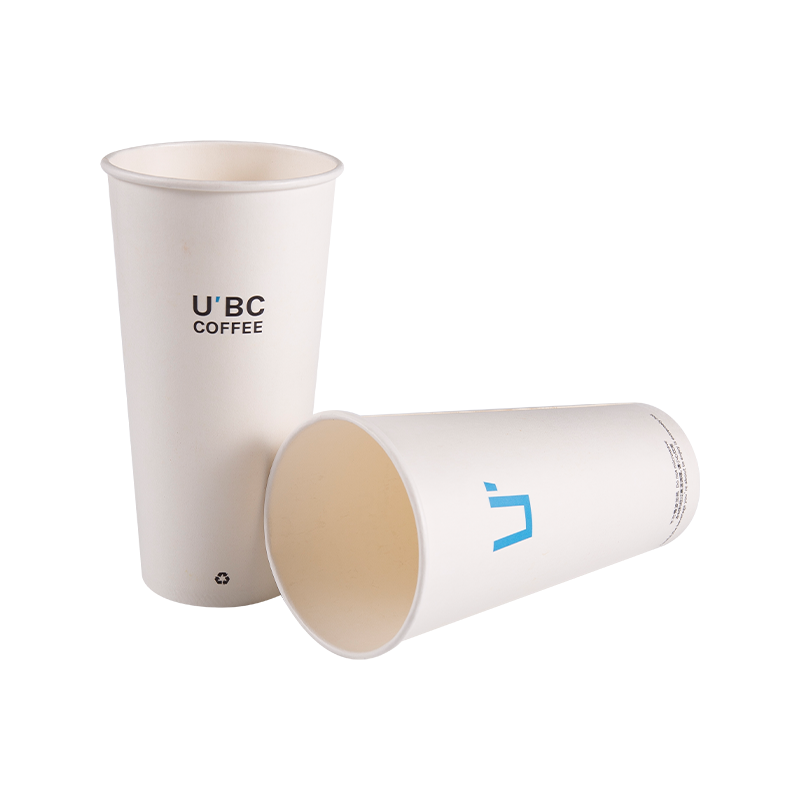
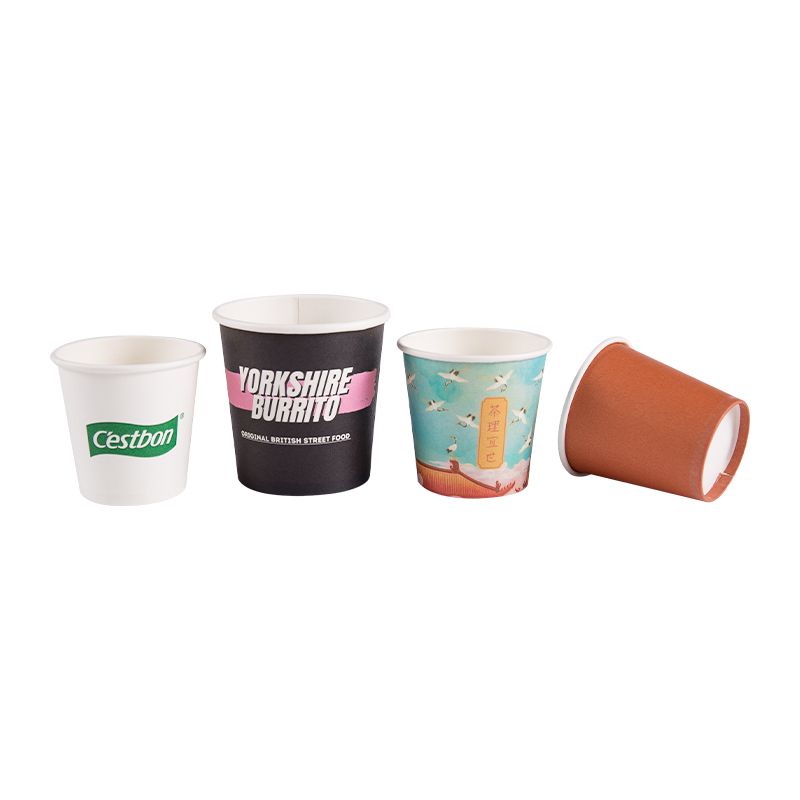
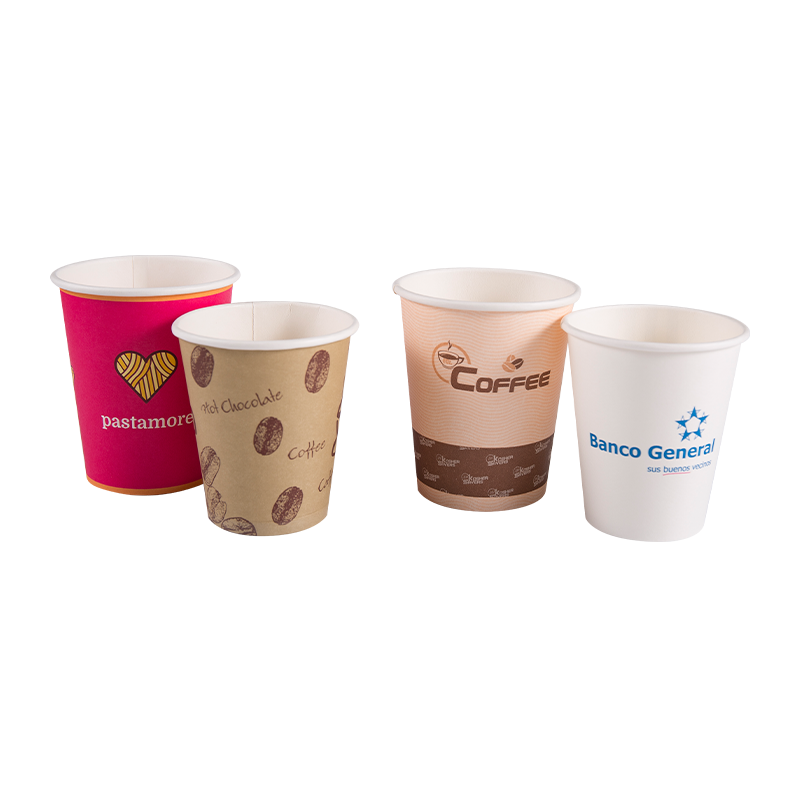
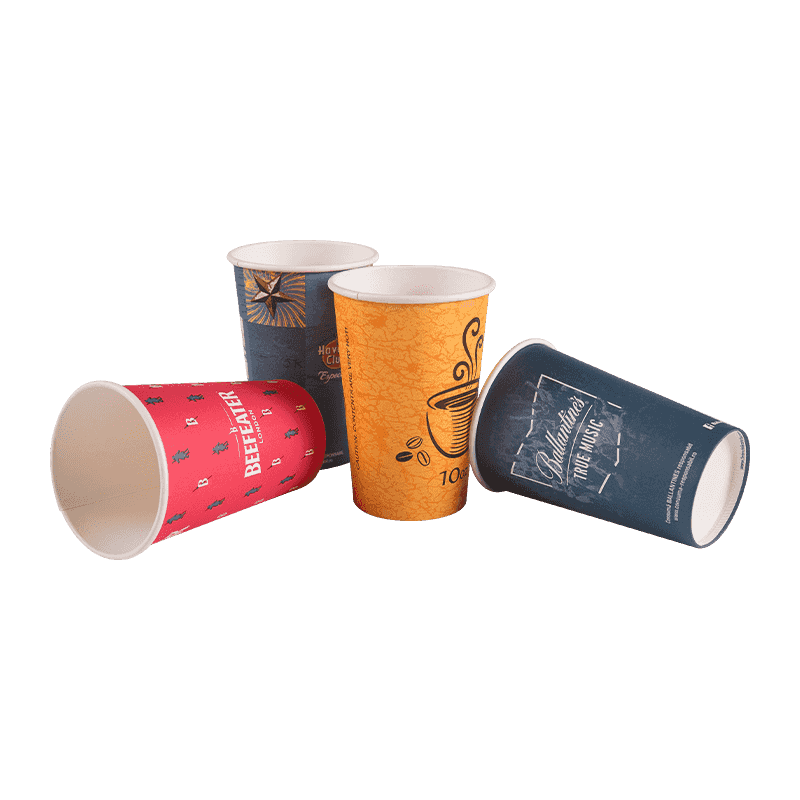
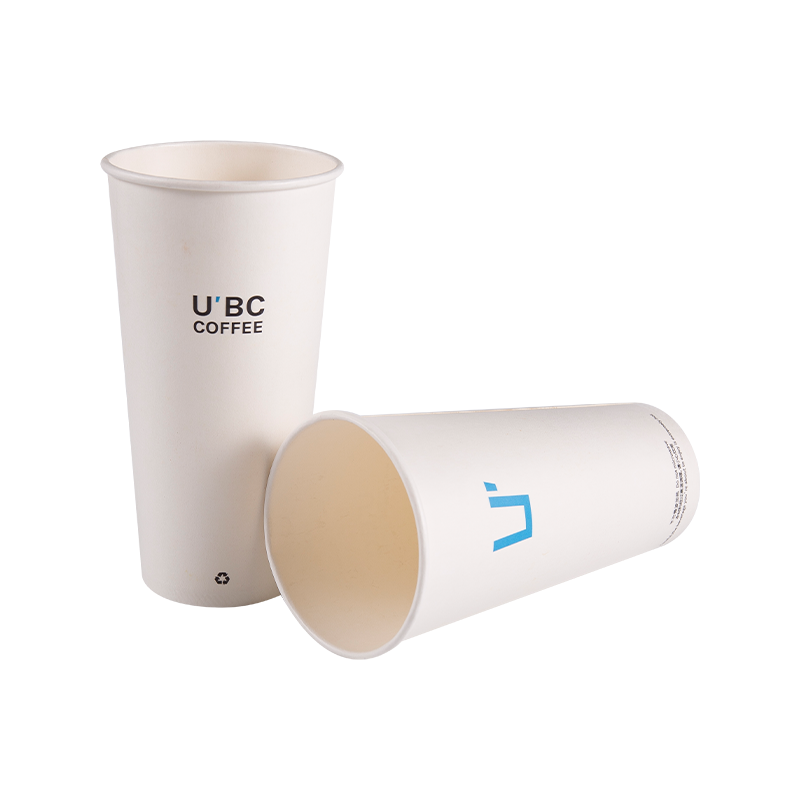
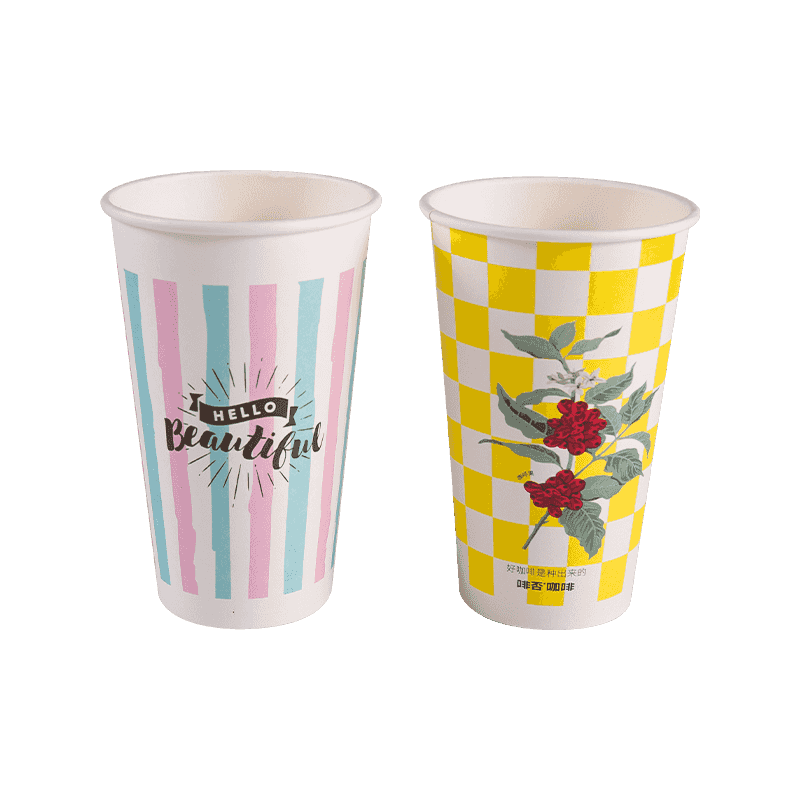
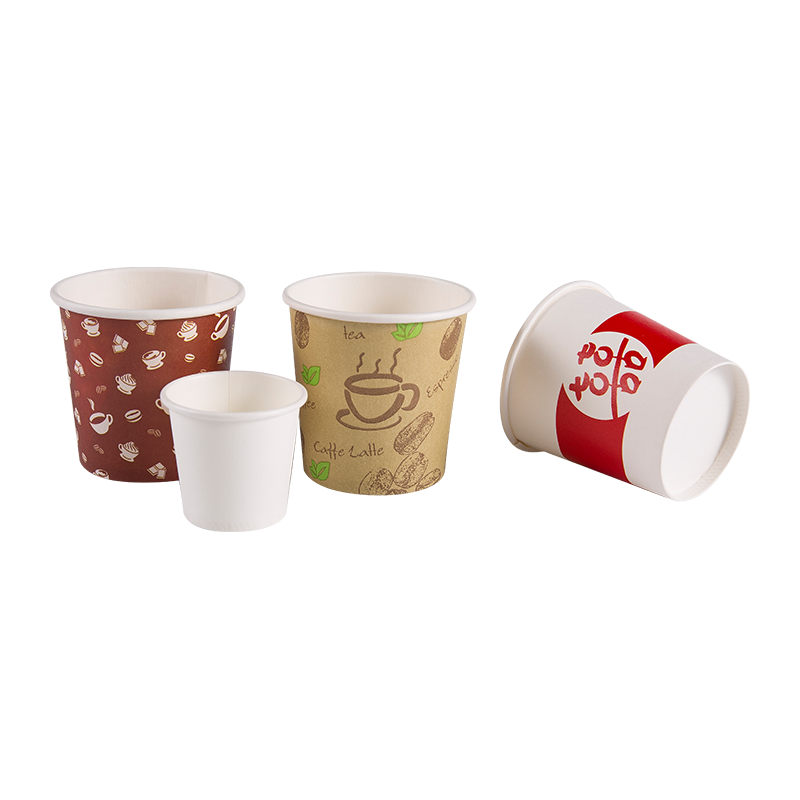
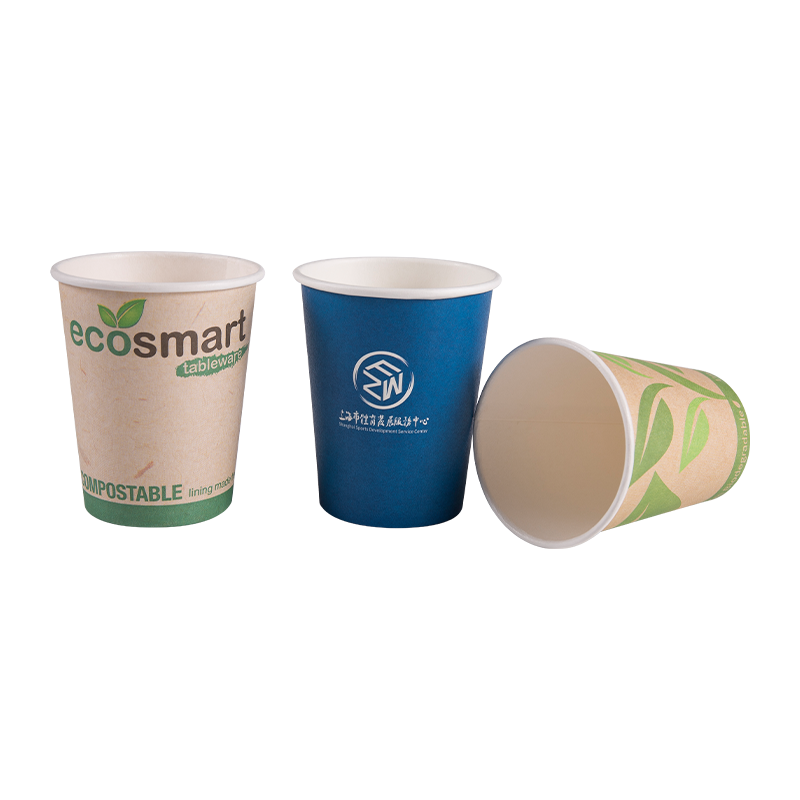
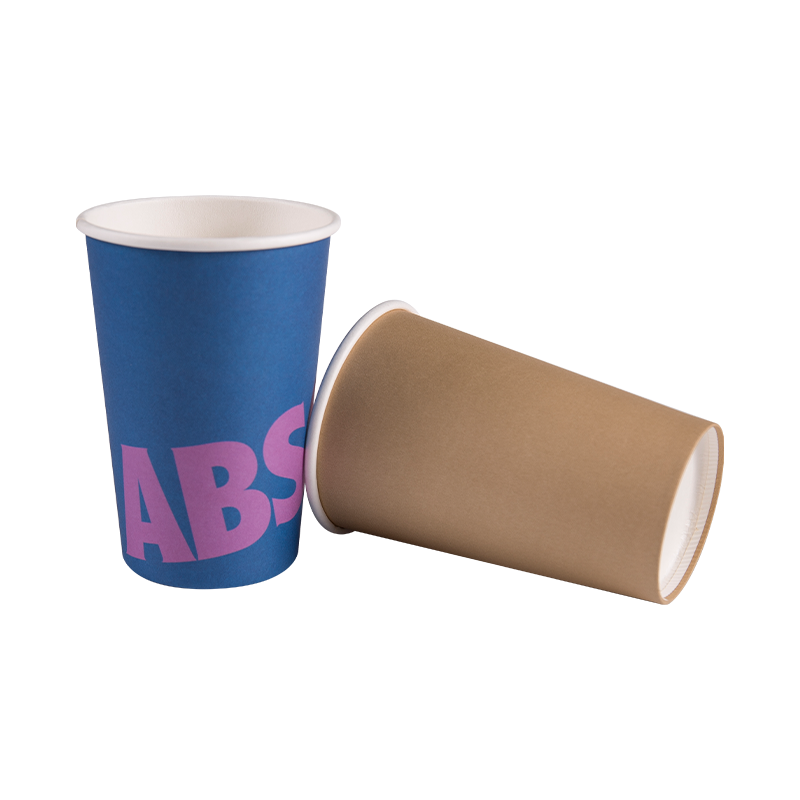
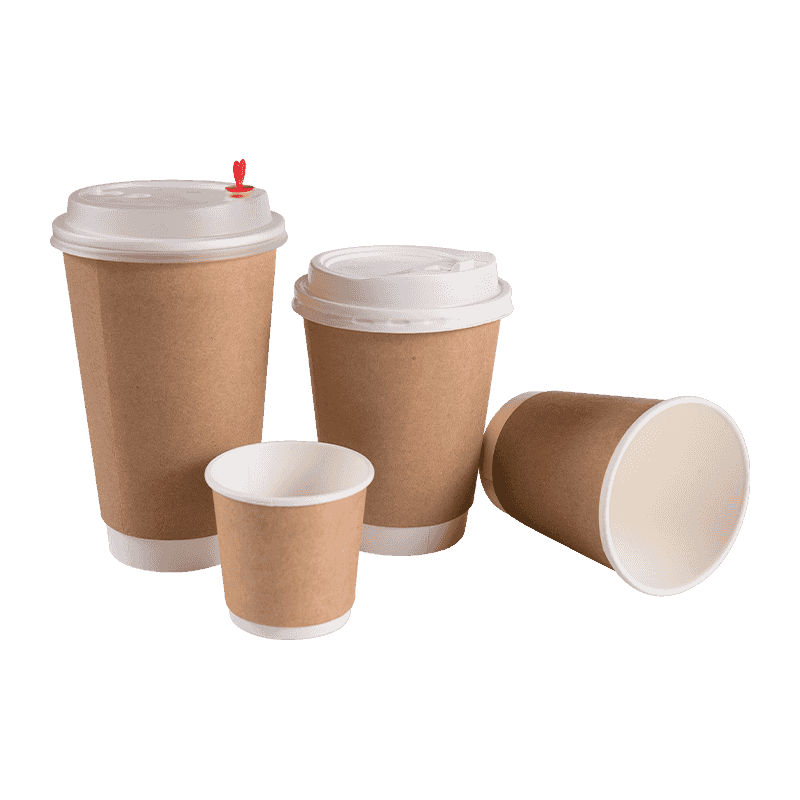
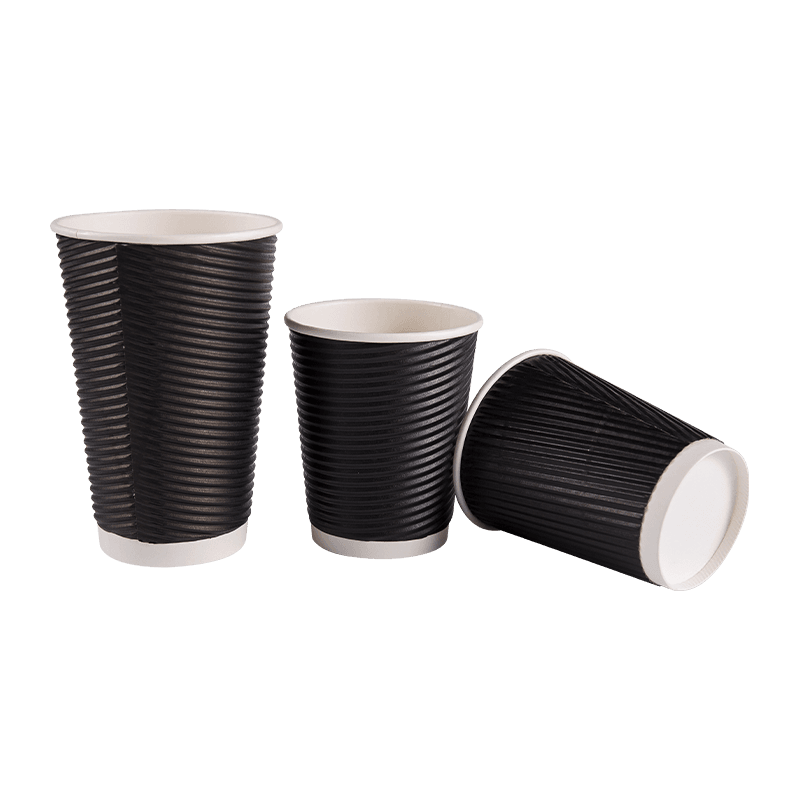
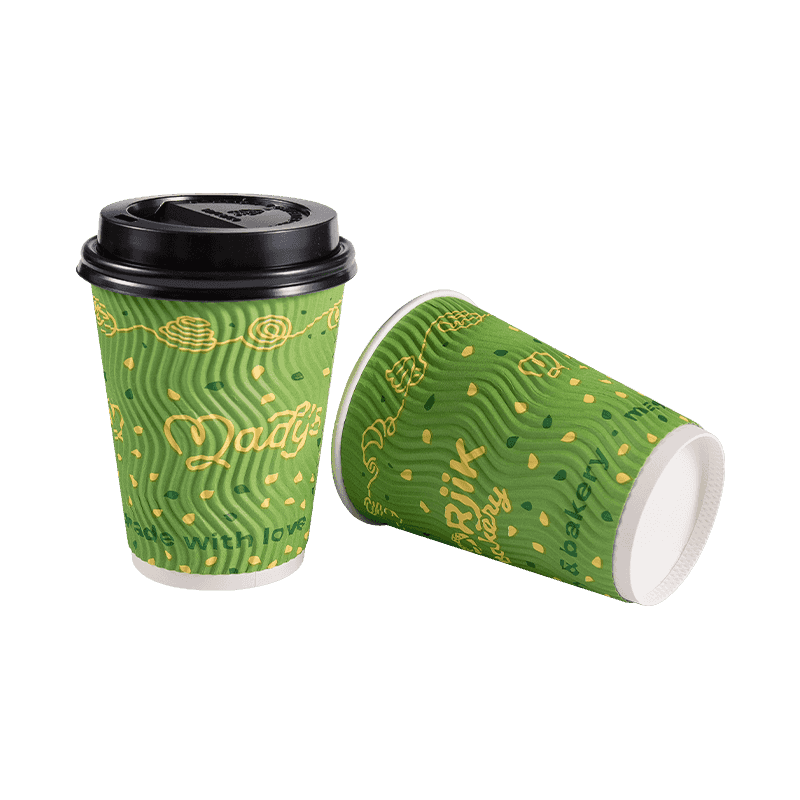
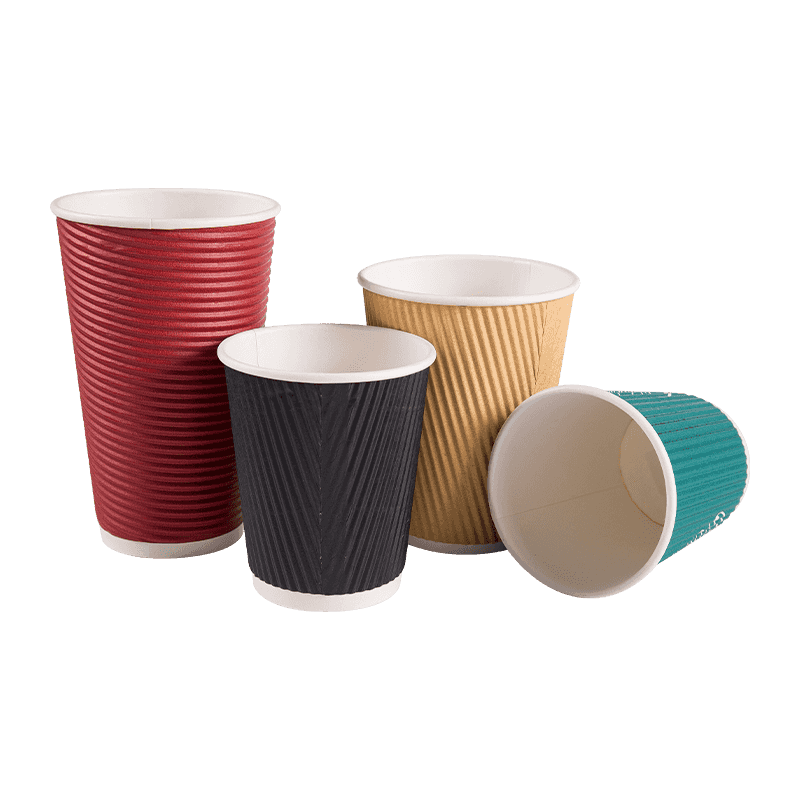

 +86-0563-8029081
+86-0563-8029081
 +86-0563-8029081
+86-0563-8029081 No. 12 Sanxi Road, Xinqiao Development Zone, Jingde Country, Xuancheng City, Anhui Province.
No. 12 Sanxi Road, Xinqiao Development Zone, Jingde Country, Xuancheng City, Anhui Province.